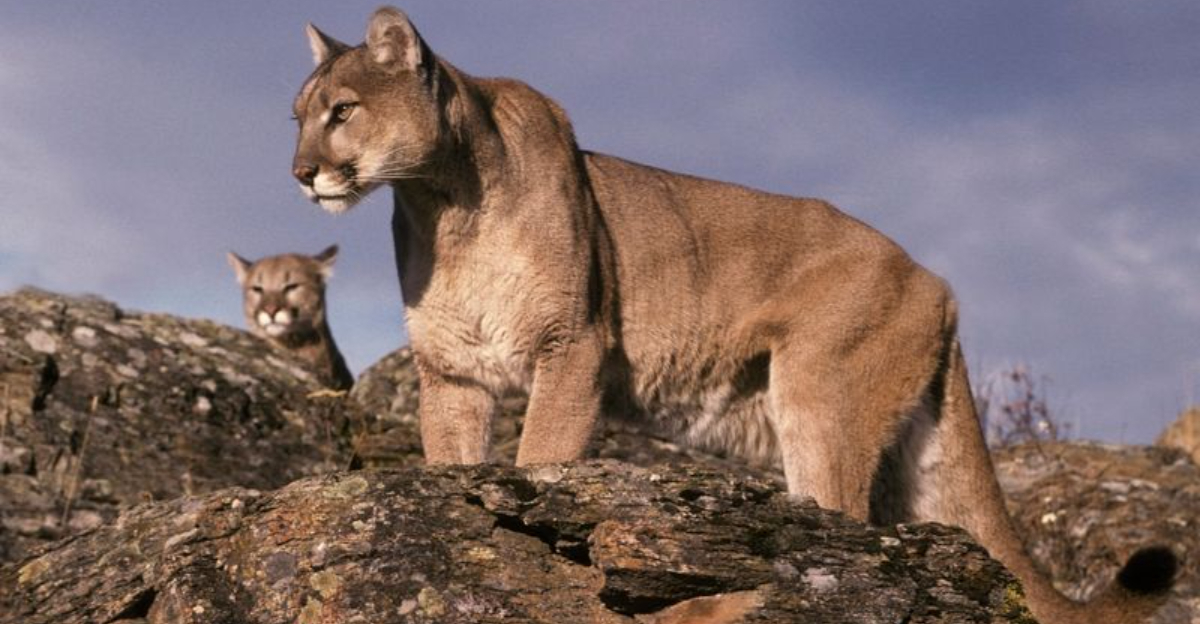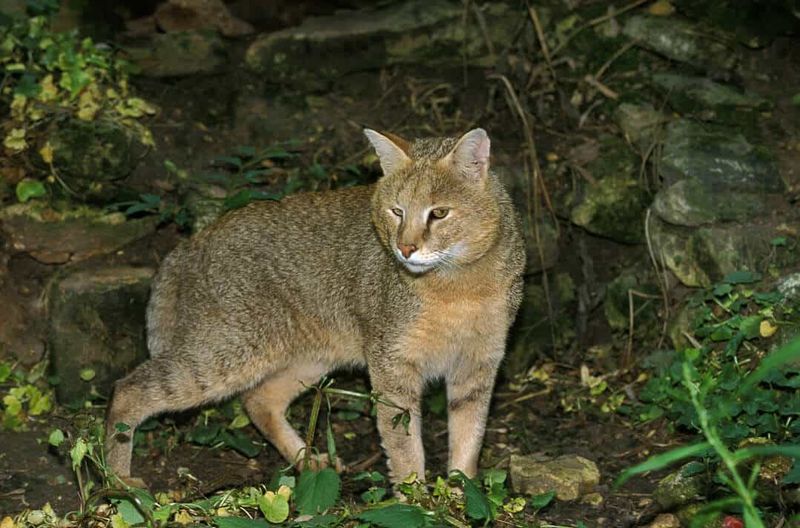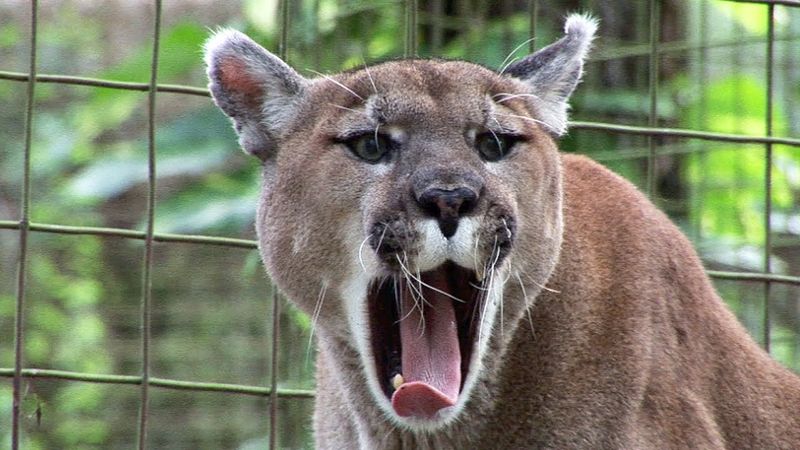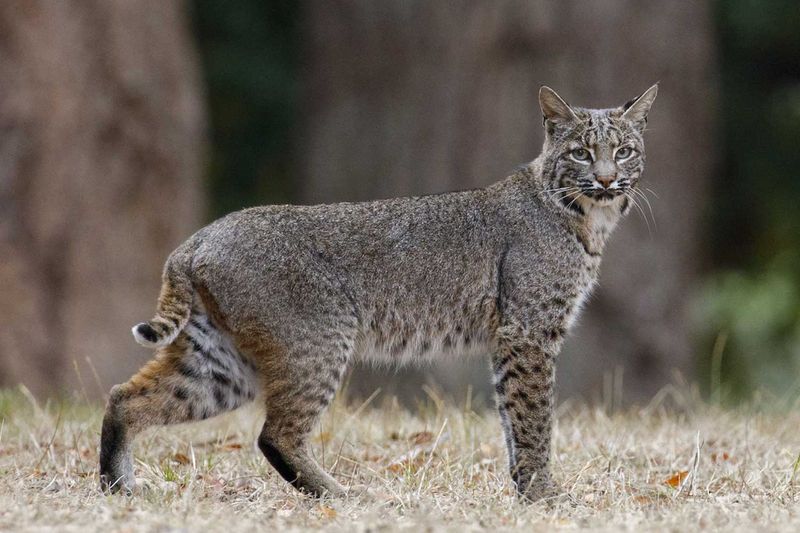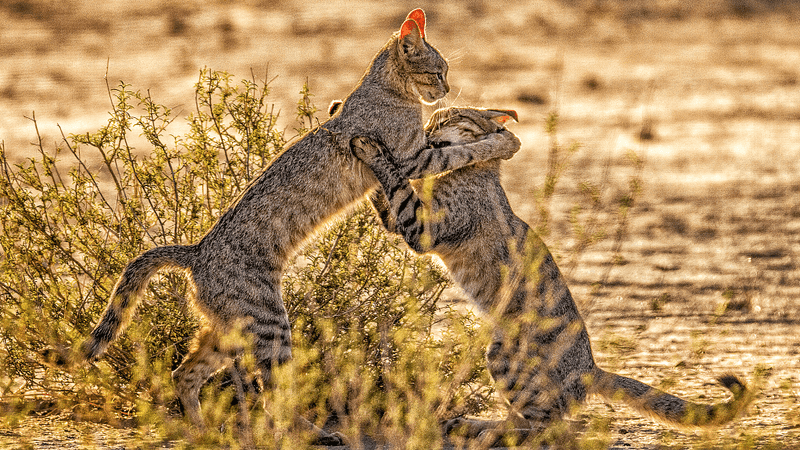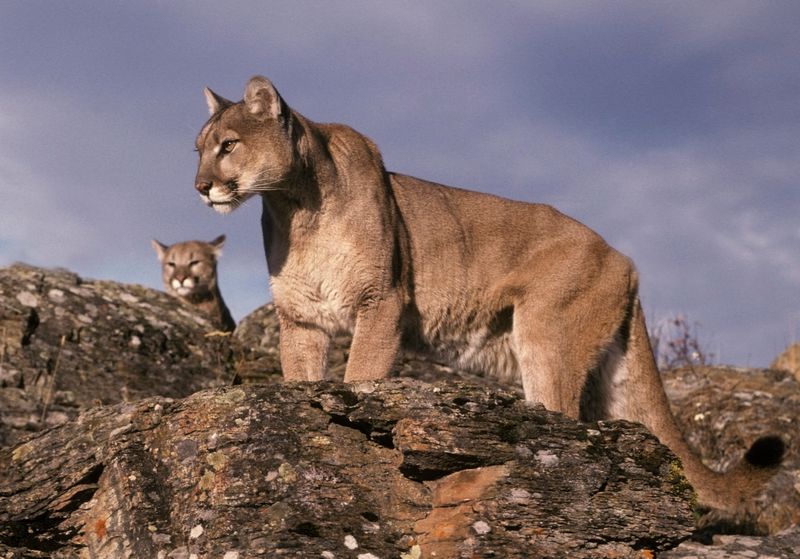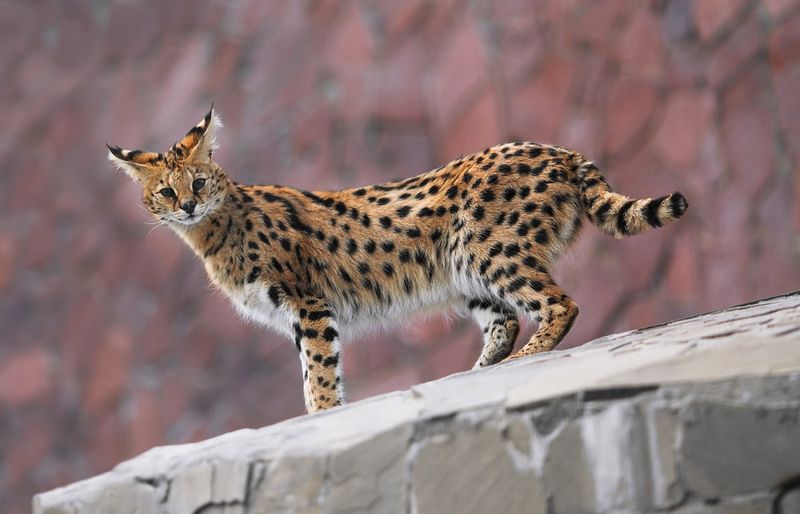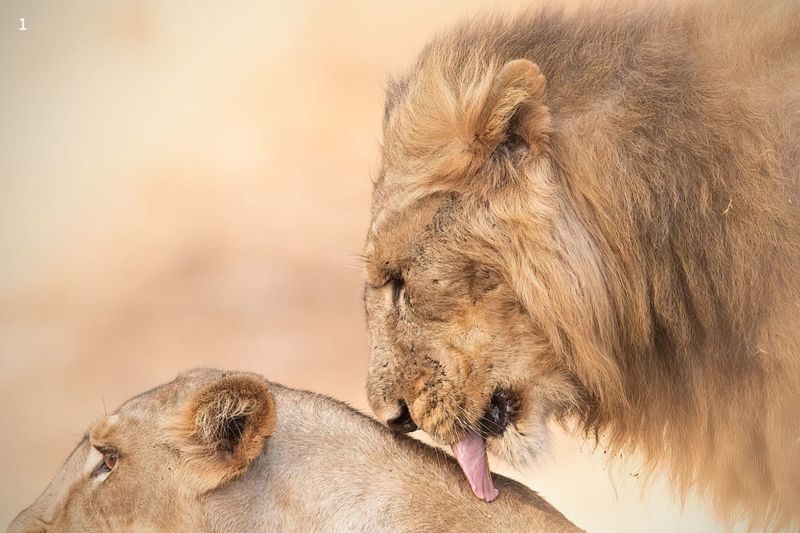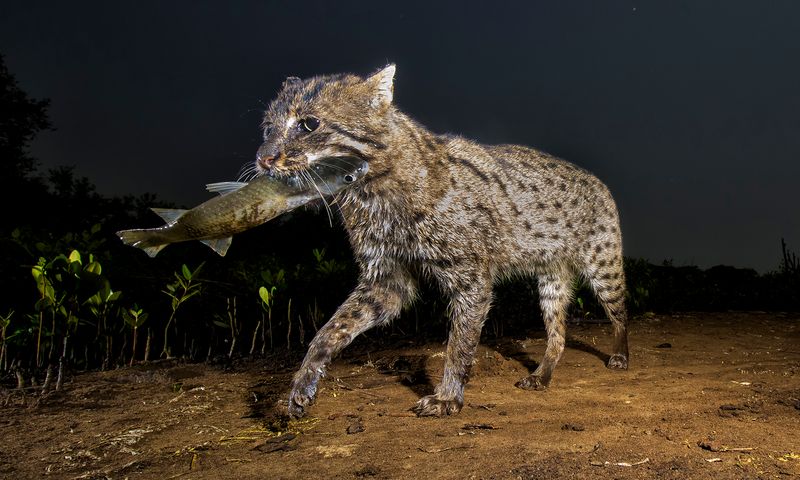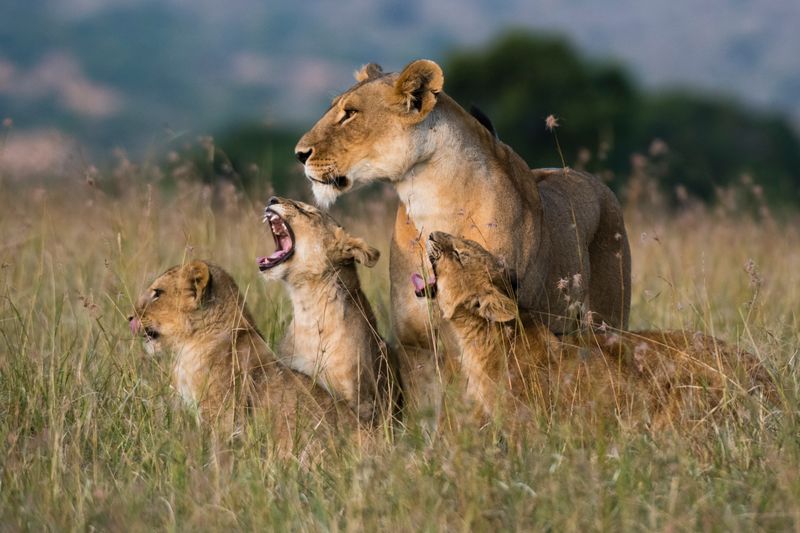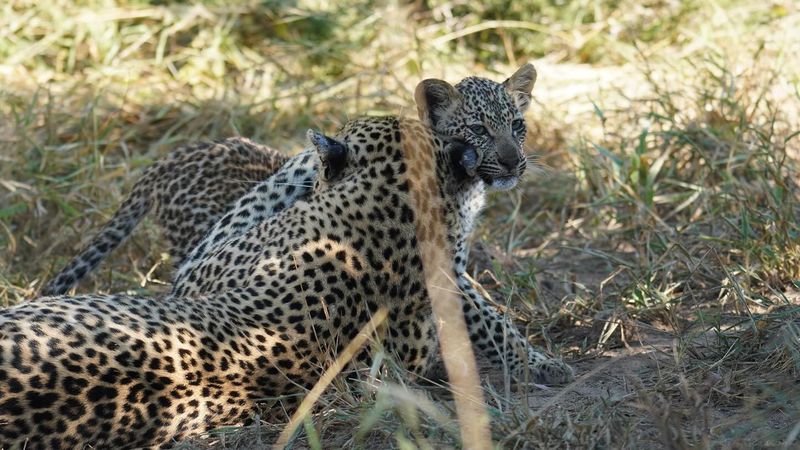📖 Table of Content:
In the untamed landscapes where wild cats roam, territory is more than a patch of land—it’s a vital lifeline. These majestic predators, whether lions in the savanna or lynxes in the boreal forests, rely on clearly defined boundaries to survive and thrive. Establishing control over these zones ensures access to food, mating rights, and safety from competitors, making territorial behavior an essential part of their instincts and daily routines.
This need for dominance isn’t just about space; it’s a deeply ingrained system of signals and strategies. Wild cats have evolved a sophisticated set of behaviors to mark, patrol, and defend their realm. From the scent trails they leave behind to the thunderous roars echoing across valleys, every action carries a purpose and a warning—this space is claimed.
However, when these lines are crossed or resources dwindle, even the most solitary of cats can turn fierce. Understanding what drives them to aggression reveals the precarious balance they maintain in the wild. It’s not just instinctive reaction—it’s survival, calculated and triggered by clear environmental and social cues.
1. Scent Marking
Scent is the most fundamental tool wild cats use to broadcast their presence. By rubbing their cheeks, tails, or paws against trees and rocks, they deposit pheromones from specialized glands. This invisible but powerful message warns others to keep their distance. Urine spraying serves as a potent olfactory sign, often placed at boundaries or high-traffic paths. Each mark acts like a biological fence post, repeatedly refreshed during routine patrols. Scratches in the bark or soil aren’t just for claws—they release scent from between the toes as well. To the nose of a rival feline, this chemical map is unmistakably personal and territorial.
2. Vocalizations
Through spine-chilling roars and persistent growls, wild cats speak volumes without direct contact. These auditory displays are designed to carry across vast terrains, reducing the chance of unwanted encounters. A single roar from a dominant lion can resonate for miles, warning intruders long before they come near. Other cats, such as bobcats or cougars, emit high-pitched screams that pierce the silence of night. This vocal assertion reinforces ownership, especially during mating season or when cubs are present. Not every call is aggressive—some are used to track family—but many are loaded with territorial meaning. In the wild, silence is uncertainty, while a voice is a claim.
3. Visual Markings
Claw marks carved into tree trunks or stumps serve a dual purpose: they maintain sharp claws and leave visible warnings. These signs, often made at eye level, are difficult to miss for other felines traveling through. Scat, or feces, left uncovered in visible spots adds a scent-rich layer of communication. Some wild cats scratch the ground after defecation, spreading the odor further as a message. Marked trees often become territorial bulletin boards, reused frequently. These cues tell stories of age, strength, and even recent activity, helping avoid unnecessary fights. Where scent fades fast, visual cues endure with lasting clarity.
4. Patrolling and Roaming Patterns
Instead of waiting for trouble to come to them, wild cats actively move through their territory. These patrols reinforce scent marks, check for intruders, and confirm the boundaries are intact. Routine movements also refresh landmarks and ensure familiar paths remain safe. Some cats, like snow leopards, follow near-ritualistic circuits through mountain passes. These silent travels serve both defensive and offensive purposes. Observing such patterns reveals which areas are most vital—watering holes, hunting grounds, or den sites. It’s through repetition that their dominion becomes cemented.
5. Physical Confrontations
Though most wild cats prefer to avoid direct conflict, the threat of violence always looms. When rivals refuse to back down, fights erupt in spectacular and often brutal displays. Claws, teeth, and sheer muscle become tools of enforcement. Injuries from these brawls can be fatal or permanently crippling, so they are typically last resorts. Males especially, driven by the desire to mate or dominate, are known to challenge each other fiercely. Territorial boundaries may shift after such encounters, with losers forced into exile. It’s a gamble each cat understands but must sometimes take.
6. Using Landmarks
Natural features such as rivers, cliffs, or dense thickets often become the invisible walls of a wild cat’s domain. These structures simplify patrol routines and reduce the energy spent maintaining boundaries. Elevation, for example, gives a leopard the advantage of overseeing its land and spotting threats early. Certain trees or rocks may become habitual marking points due to their position. Over time, these areas gain symbolic weight, representing strength and familiarity. Newcomers are more likely to respect boundaries when they’re marked near such imposing features. The terrain itself becomes a silent ally in a wild cat’s territorial defense.
1. Territorial Intrusion
Encounters with strangers inside a marked territory almost always spark tension. Even the most peaceful wild cats exhibit aggression when their home range is violated. Growls and defensive posturing quickly escalate if the intruder ignores these cues. Some species will stalk quietly first, weighing the threat before pouncing. Tension is highest between same-sex individuals, especially among males. Females, too, can defend dens or core areas with vicious precision. The risk of injury is high, but so is the cost of letting an outsider remain.
2. Mating Competition
Romantic rivals don’t stand a chance at peaceful negotiations in the wild cat world. When a receptive female is present, male competitors transform into relentless fighters. Their howls intensify, and battles over breeding rights often leave one bloodied or limping. Dominance in mating directly affects future generations, so the stakes are instinctively understood. The female, though rarely the aggressor, is the cause for this temporary territorial chaos. Many males patrol wider than usual during mating season to intercept such opportunities. With hormones flaring, even former allies can become enemies.
3. Scarcity of Resources
When food and water run low, patience among wild cats vanishes quickly. Desperation shortens the fuse, making even minor encounters escalate. Prey-rich zones become war zones, especially during droughts or winters. Larger cats may displace smaller species entirely from such contested areas. Aggression, in this context, isn’t about power—it’s about survival. Some wild cats abandon usual territories to find better resources, risking fights in unfamiliar lands. Scarcity doesn’t just challenge their bodies, but their social instincts as well.
4. Threat to Offspring
Mother cats are known for transforming into fierce defenders when their cubs are in danger. Whether the threat comes from another predator, a curious male, or a human presence, the response is swift. She may hiss, growl, or attack without hesitation, regardless of the intruder’s size. This hyper-vigilance extends far beyond the den area, especially during early cub months. The maternal instinct prioritizes protection above even food or territory. Other females often respect this space to avoid triggering a lethal reaction. In the wild, nothing is more dangerous than a mother defending her young.
5. Previous Injury or Stress
A wounded or stressed wild cat views the world through a more defensive lens. Pain heightens sensitivity and lowers the threshold for perceived threats. Sudden movements or unfamiliar scents may provoke disproportionate reactions. These individuals often lash out without clear provocation, driven by heightened alertness. Chronic stress from environmental changes or nearby human activity worsens this volatility. Even interactions that would normally end in retreat may instead spark a fight. This vulnerability warps behavior and increases the chance of violent outcomes.
6. Surprise Encounters
Unlike slow-building confrontations, ambush-like meetings catch wild cats off guard. Thick vegetation, dark nights, or rocky terrain can conceal both predator and prey. When cats collide unexpectedly, fear turns instantly to aggression. Startled responses are primal, not calculated, and often louder and fiercer. Some cats may retreat if they gain distance quickly, while others engage out of instinct. Such surprises are especially dangerous between unfamiliar cats. A single misstep in the shadows can turn fatal.
